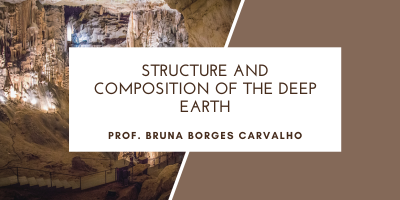Structure and Composition of the Deep Earth

Period: Second semester
Course units: This course is structured to provide the fundamental knowledge of mineralogy and petrology that may be useful to a geophysicist in order to interpret observations and provide meaningful input parameters to numerical models.
After recalling the main processes – magmatism and metamorphism - shaping the mineralogical and petrological structure and composition of the deep Earth, the course will describe the progressively deeper layers of the planet: crust, mantle and core.
Each layer will be described in terms of mineralogical and petrological features and peculiarities, with emphasis on dynamic aspects which provide the main engine for tectonic and volcanic activity at plate margins and within lithospheric plates. The course will also address the secular changes of geodynamic style in the planet, due to warmer initial conditions.
The course will also highlight some of the major issues and uncertainties in the mineralogical and petrological reconstructions of the deep Earth, and their implications for geophysics.
The teaching units will cover the following themes:
- Basic petrological processes shaping the deep Earth: magmatism and metamorphism
- Fluids/melts in rocks and their geophysical effects
- The interior of the Earth down to 100 km depth
- The crust: oceanic vs. continental
- Lithological heterogeneities in the crust
- What is the composition of the lower crust?
- Textural anisotropies affecting geophysical properties in the crust.
- The lithospheric mantle
- The low velocity zone
- Textural anisotropies affecting geophysical properties in the lithospheric mantle.
- Plate margins as main loci of lithospheric reworking
- The interior of the Earth from 100 to 6370 km depth
- The upper mantle
- The transition zone
- The lower mantle
- The outer core
- The inner core
- Mineral phase transformations
- Mineral physics of the deep Earth
- Natural samples from the deep Earth and synthetic samples from the laboratory
Planned learning activities and teaching methods: The course will consist of frontal lectures making use of powerpoint presentations for an optimal visualization of illustrations, diagrams and and animations. Teaching will be interactive, using Q/A sessions and discussions of case studies, with the purpose of promoting critical thinking and free interaction between participants.
In addition to contacting the course instructor, students with disabilities, Specific Learning Disorders (SLD), Special Educational Needs (SEN), and other health conditions can reach out to the Student Services Office - Inclusion Unit to receive more information about opportunities to access teaching with specific support and tools.
